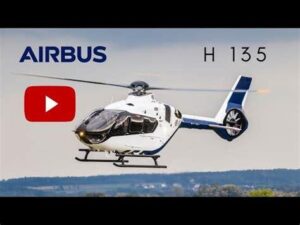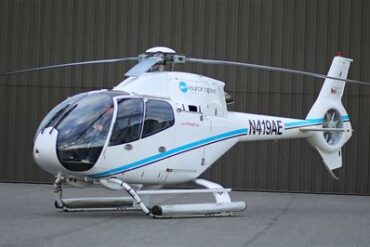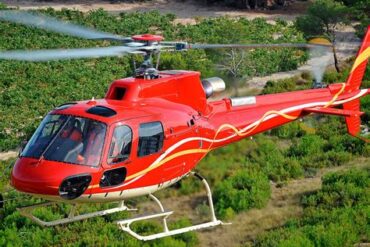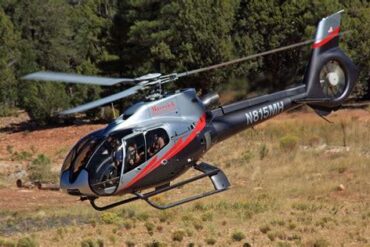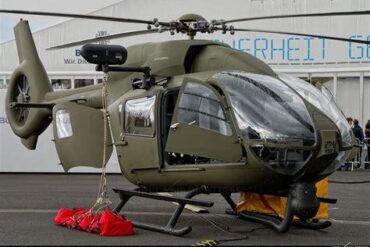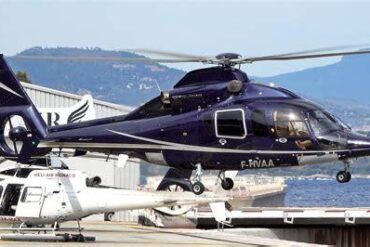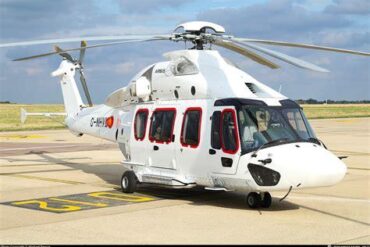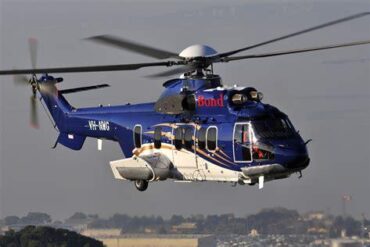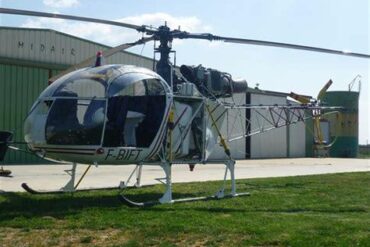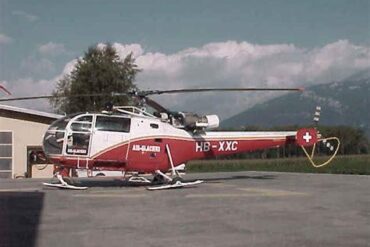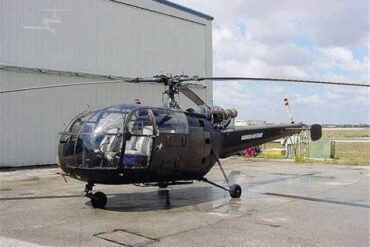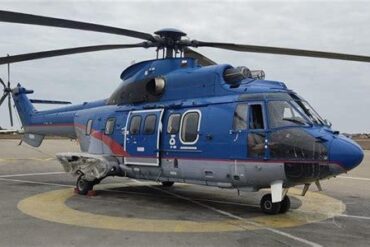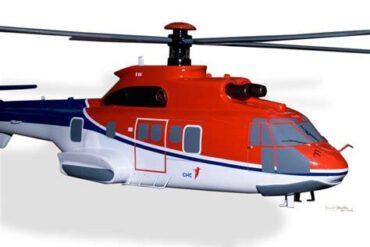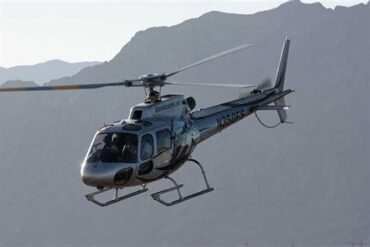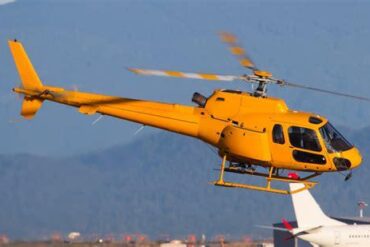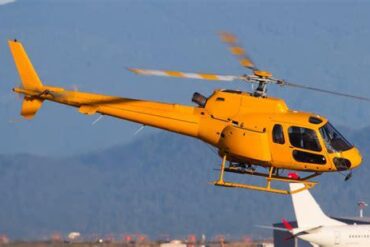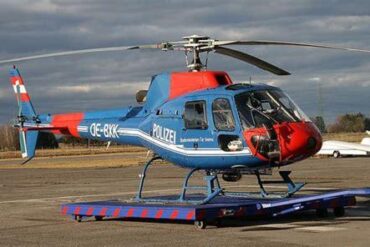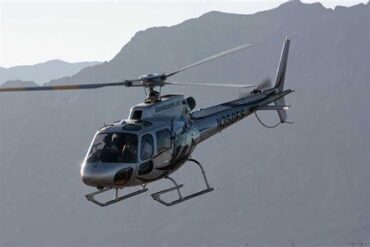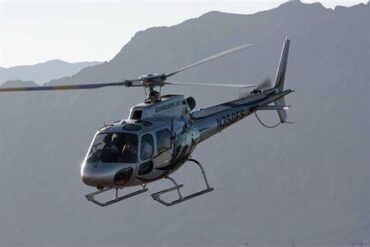The Airbus H135 is a highly versatile, twin-engine helicopter that has earned a reputation for its reliability, efficiency, and low operating costs. It is widely used in a variety of sectors, including emergency medical services (EMS), law enforcement, corporate transport, and offshore operations. The H135 is favored for its performance capabilities, compact size, and advanced avionics, making it an ideal choice for both urban and rural missions.
Current Market Price of the Airbus H135
The price of the Airbus H135 can vary significantly depending on the configuration, optional features, and market conditions. As of 2024, the base price of a new Airbus H135 typically starts around $5.7 million to $6.5 million. However, this base price can increase with the addition of custom avionics packages, special mission equipment, and other modifications that can drive the cost upward to $8 million or more.
For buyers interested in pre-owned H135s, the price can range from $2 million to $5 million depending on factors such as the aircraft’s age, total flight hours, maintenance history, and overall condition. The helicopter’s resale value remains strong due to its robust design, long service life, and the high demand in various industries.
Factors Influencing the Purchase Price
Several factors influence the purchase price of the Airbus H135:
-
Configuration and Customization: The level of customization, including seating arrangements, interior finishing, and avionics, significantly impacts the final price.
-
Mission Equipment: Special mission equipment like EMS kits, hoists, searchlights, and cameras add to the cost.
-
Age and Condition: For pre-owned helicopters, the age, total flight hours, and maintenance records are critical factors in determining the price.
-
Market Conditions: Global demand, currency exchange rates, and economic conditions can influence the market price.
Operating Costs of the Airbus H135
The operating costs of the Airbus H135 are a key consideration for operators. These costs include fuel consumption, maintenance, crew expenses, insurance, and hangar fees. The H135 is known for its cost-effective operations, thanks to its efficient engines and advanced technology.
Fuel Costs
Fuel is a significant portion of the operating expenses for the H135. The helicopter is powered by two Pratt & Whitney PW206B2 engines, which are known for their fuel efficiency. On average, the H135 consumes approximately 140 to 150 liters of fuel per hour during typical operations. Given the fluctuating price of aviation fuel, operators can expect to spend around $400 to $600 per hour on fuel, depending on fuel prices in their region.
Maintenance Costs
Maintenance costs for the Airbus H135 are relatively low compared to other helicopters in its class. The H135 has a comprehensive maintenance program that includes both scheduled and unscheduled maintenance tasks. On average, operators can expect to spend between $200,000 to $400,000 annually on maintenance, which includes inspections, parts replacements, and labor. The H135 benefits from Airbus’s HCare program, which offers tailored support packages that can help manage and predict maintenance costs more effectively.
Crew Costs
Crew expenses include the salaries, training, and benefits for pilots and other essential personnel. The H135 typically requires a pilot and, depending on the mission, additional crew members such as paramedics or engineers. Annual crew costs can vary, but operators should budget between $150,000 to $300,000 per year for crew expenses, depending on the region and the specific mission profile.
Insurance Costs
Insurance is another critical cost component for operating the H135. The insurance premiums depend on factors such as the helicopter’s value, usage, pilot experience, and coverage limits. On average, insurance costs range from $30,000 to $80,000 per year for comprehensive coverage, including hull and liability insurance.
Hangar and Storage Costs
Storing the H135 in a hangar is essential for protecting the helicopter from the elements and ensuring its longevity. Hangar fees can vary widely based on location, size, and amenities. Operators should expect to pay between $10,000 to $50,000 annually for hangar space, depending on the region and the specific facilities.
Depreciation and Resale Value
Depreciation is an important factor to consider in the total cost of ownership. The H135 has a relatively low depreciation rate due to its high demand and durable construction. On average, the H135 depreciates by 5% to 10% annually, with well-maintained helicopters retaining a significant portion of their value over time. The strong resale market for the H135 helps to offset depreciation, making it a sound investment for many operators.
Cost-Saving Strategies for Airbus H135 Operators
There are several strategies that operators can employ to minimize the operating costs of the H135:
-
Regular Maintenance: Adhering to a strict maintenance schedule can prevent costly repairs and reduce downtime.
-
Fuel Management: Implementing fuel-saving practices, such as optimizing flight paths and reducing weight, can lower fuel consumption.
-
Crew Training: Investing in regular crew training can improve operational efficiency and safety, reducing the likelihood of incidents that could lead to higher costs.
-
Insurance Optimization: Reviewing and adjusting insurance coverage annually can ensure that operators are not overpaying for premiums.
-
Utilizing Airbus Support Programs: Leveraging programs like Airbus HCare can provide cost-effective maintenance and support services tailored to the operator’s needs.
Conclusion
The Airbus H135 is a well-rounded helicopter that offers a balance of performance, reliability, and cost-efficiency. While the initial purchase price may be substantial, the H135 delivers value through its low operating costs, strong resale value, and versatility across various missions. By carefully managing the operating expenses and utilizing available support programs, operators can maximize their investment in this highly capable aircraft.
